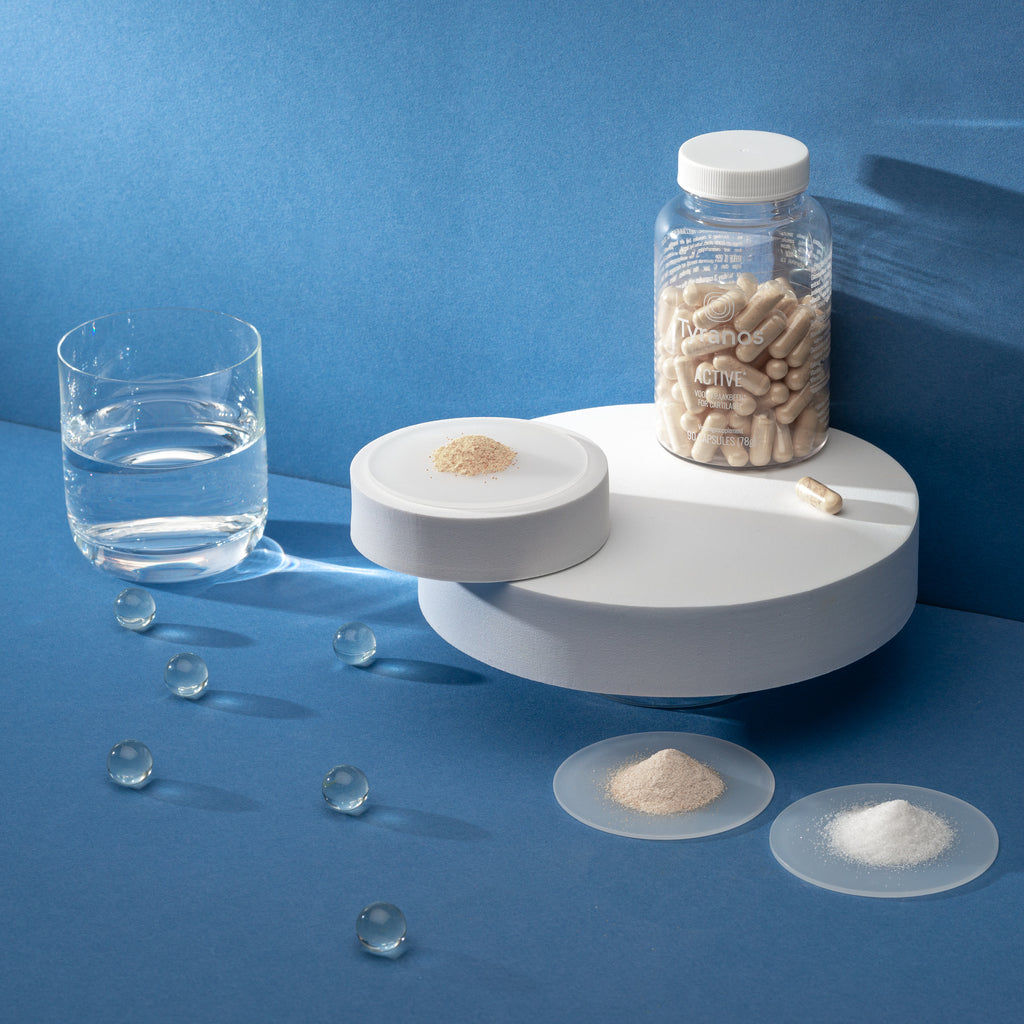Primary Osteoarthritis
This is the most commonly diagnosed form of osteoarthritis and is considered to be largely due to "wear and tear" over time. Because of this, it is associated with aging; in fact, age is the most important risk factor for osteoarthritis and the longer a person uses their joints, the more likely they are to suffer from this form of osteoarthritis. Theoretically, this means that primary osteoarthritis is inevitable if we get old enough.
People tend to develop this type of osteoarthritis from the age of 55 or 60. It can be localized to certain joints; therefore, primary osteoarthritis is usually divided according to the site of involvement (e.g., hands and feet, knee, hip), although it can also involve multiple joints.
Secondary osteoarthritis.
This form of osteoarthritis results from factors that cause a change in the microenvironment of the cartilage. Such factors include trauma, congenital joint defects, metabolic defects, infections, diseases, and conditions that alter the normal structure and function of cartilage (e.g., rheumatoid arthritis, gout).
Secondary osteoarthritis usually occurs in relatively young individuals of about 45 or 50 years of age.
Common risk factors that can lead to secondary osteoarthritis are:
Trauma: breaking a bone (often during sports) increases the likelihood that a person will develop osteoarthritis in the injured joint. Unfortunately, this also means that the person is more likely to develop osteoarthritis at a younger age than those with primary osteoarthritis.
Obesity: in a one-legged stance, 3-6 times a person's body weight is transferred across the knees. It is therefore obvious that an increase in body weight leads to additional force on the knees during walking. This weight presses on the joints (especially in the knees and hips) and causes them to wear out more quickly.
Sedentary lifestyle: Not only does this promote weight gain, but inactivity is also correlated with weaker muscles and tendons around the joints. This increases the risk of developing osteoarthritis because the muscles are not strong enough to keep the joints properly aligned, stable and supported. This is why it is so important to participate in low-impact activities that emphasize stretching, strengthening, posture and range of motion. These include aerobics, swimming and yoga.
Heredity: Epidemiological studies of family history have provided recent evidence of a genetic influence on osteoarthritis (especially in the hands, knees and hips). Twin studies have shown that heritability varies depending on the joint affected, but generally suggest a heritability of osteoarthritis of 50% or more. Studies have also suggested the involvement of specific chromosomes (e.g., 2q, 9q, 11q, and 16p) and genes such as CRTM (cartilage matrix protein), CRTL (cartilage lining protein), and collagen II, IX, and XI.
Overuse of joints: This is either due to repeated joint use during an occupation or during a relaxed activity. One reason this occurs during work is that the muscles become progressively fatigued over long days and no longer serve as effective joint protectors.
Other conditions: these may include peripheral neuropathies and neuromuscular disorders that cause abnormal stress on the joint. Diseases that cause inflammation, such as rheumatoid arthritis, may increase the risk of developing osteoarthritis later in life.

